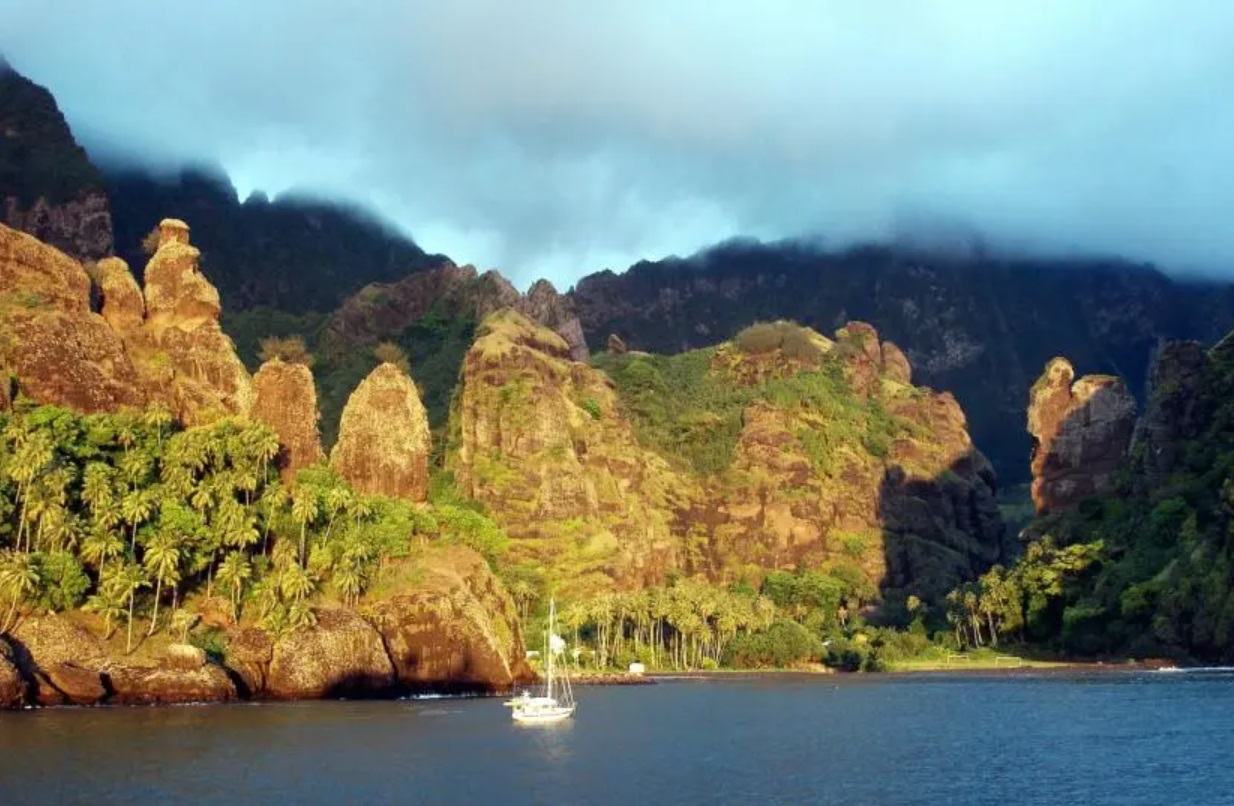
UNESCO adds locations in Japan and French Polynesia to roster of World Heritage Sites
The post UNESCO adds locations in Japan and French Polynesia to roster of World Heritage Sites appeared first on TD (Travel Daily Media) Travel Daily Media.

UNESCO expanded its roster of World Heritage Sites with 24 new locations named at the 46th session of the World Heritage Committee meeting in New Delhi.
Te Henua Enata (The Marquesas Islands) in French Polynesia and Japan’s Sado Island Gold Mines were among this year’s inclusions.
The Sado Island Gold Mines join 18 other locations under the Cultural World Heritage Sites banner. On the other hand, Te Henua Enata holds the distinction of being a site worthy of both cultural and natural recognition.
A jewel in the Pacific Islands
Designated as the only mixed World Heritage Site in this year’s UNESCO roster, Te Henua Enata gained recognition for its natural beauty, biodiversity, and its long history of human occupation dating back to at least 1000 CE. for not only its natural beauty and biodiversity, but also its long history of human occupation, which dates back to 1000 CE.
The archipelago is a major centre of endemism, hosting rare flora, diverse marine species, and one of the most varied seabird populations in the South Pacific.
Largely untouched by human activity, its waters are among the world’s last marine wilderness areas.
The area also includes significant archaeological sites, from monumental dry-stone structures to lithic sculptures and engravings.
A golden attraction
Listed among UNESCO’s Cultural World Heritage Sites for 2024, the Sado Island Gold Mines on Sado Island, around thirty-five km west of the Niigata Prefecture coast, are among Japan’s largest gold and silver mining zones.
Here, prospectors may still try their luck, panning for gold within the area. Likewise, it draws in visitors who want to learn more about how mining technologies and systems have evolved over four centuries.
Even before its recent designation, the mines, along with relevant facilities for processing and smelting ore, have long been recognised among Japan’s properties of national importance.
Interestingly, Sado Island was considered a place of exile until the discovery of gold in the vicinity during the 17th century.
Nowadays, Sado Island gained cultural significance through its association with the art of Kodo drumming; the annual Earth celebration focused on the synergy between nature and Japanese culture; and the area’s restorative hot springs.
The post UNESCO adds locations in Japan and French Polynesia to roster of World Heritage Sites appeared first on Travel Daily Media.


